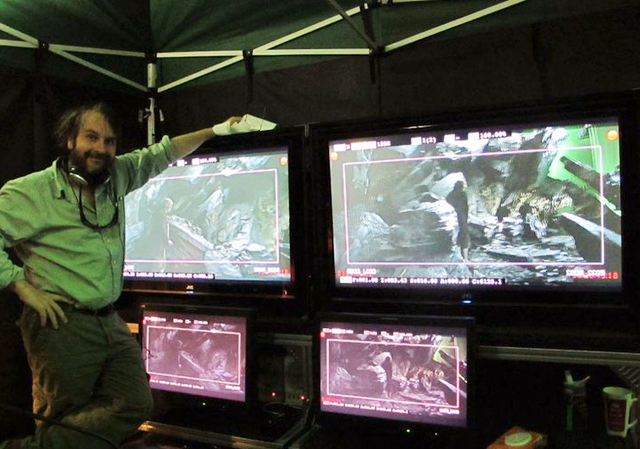Do you remember all of those people listed in the credits of The Hobbit: An Unexpected Journey? The collaborative nature of film-making is one of the best things about it; people with different skill sets coming together to create one final product (three, in the case of The Hobbit movies) is something that I find truly inspiring.
As you can imagine, bringing all of the elements together to hit a deadline is a tremendous task. For The Hobbit, new tools had to be created and implemented in a very strategic way, resulting an a unique workflow.
Park Road Post worked together with SGO Mistika for two and a half years just to research, develop, and test an entirely new system. “We wanted to create a complete pipeline, based on one platform, from dailies work and dailies screenings right through to final online, stereo and colour grading,” said Phil Oatley, Park Road’s head of technology.

The Hobbit films presented new challenges, largely due to the choice of shooting at a higher frame rate. Dave Hollingsworth, Head of Picture at Park Road Post, explained, “When the decision was made to film and post The Hobbit in 48fps 3D, there wasn’t any one product on the market capable of delivering what was needed. SGO had by far the best stereo toolset available and equally importantly, they had a passionate and highly skilled development team that demonstrated an absolute commitment to developing everything else we needed to deliver this film.”
With two Hobbit films yet to come and interest still brewing in HFR films and technology, more and more filmmakers may be in need of new solutions to efficiently bring their ideas from pre-production to the cinema audience.



Pingback: New Methods Needed to Bring 'The Hobbit' to Life | Middle-earth News | The Hobbit (movie)